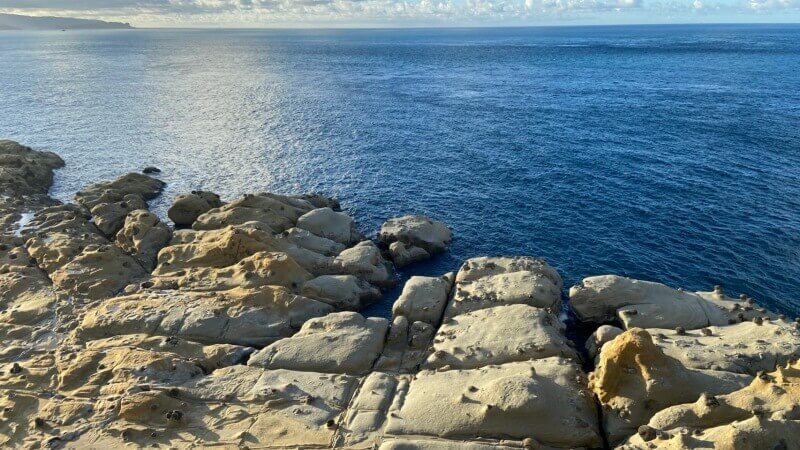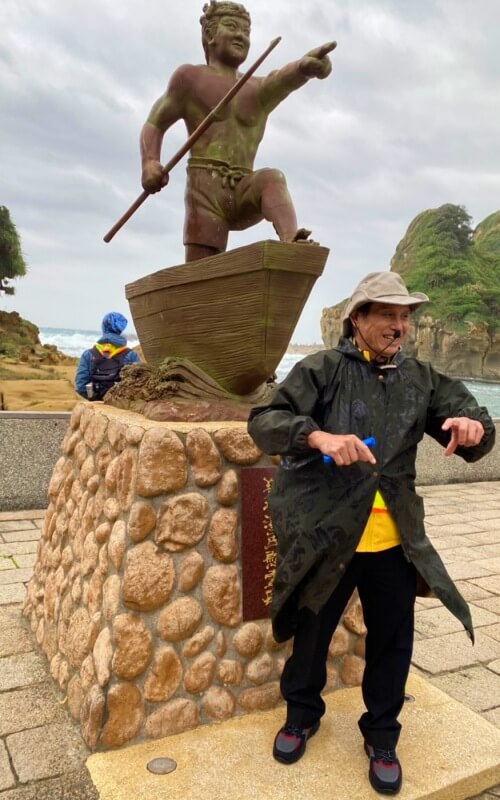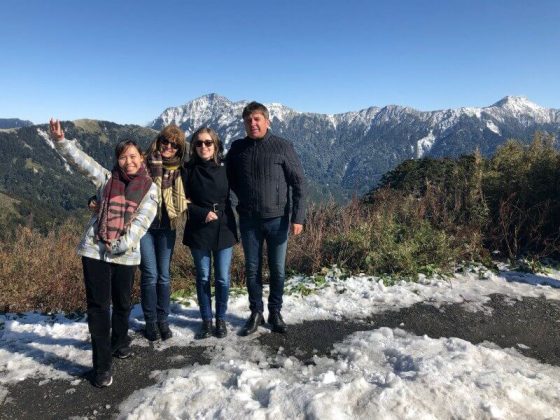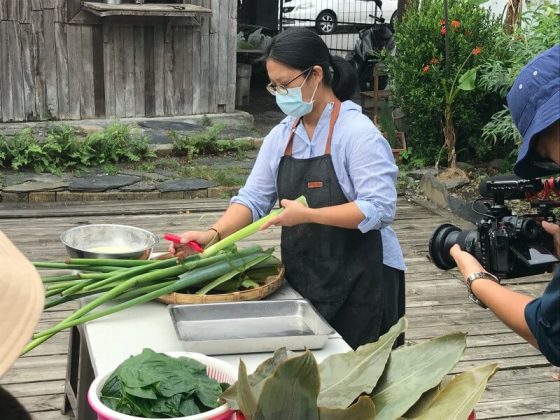Get to know the island off the coast of Keelung
If you have any knowledge of Taiwan, you are probably already familiar with the port city of Keelung. As Taiwan’s most northern city, home to heaps of tasty unique street food as well as the spectacular Mid-summer Ghost Festival, Keelung should be on the radar of any visitor to Taipei and Taiwan in general. (Read more: 7 Street Snacks to Try in Keelung)
Perhaps less well known is Heping Island (和平島), also known as “Peace Island” connected to the city by the Heping Bridge. Once a busy site of trade with Southeast Asia during Spanish occupation, nowadays it is a popular destination for divers and tourists, with the Keelung City Government having made it into a coastal park.
Here’s all you need to know about Heping Island.

It was An Early Point of Contact with the West
Spanish merchants first docked in Heping in 1626, attempting to compete with Dutch traders who had arrived there two years previous. In 1642, the Spanish were driven away by the Dutch East India Company, who enjoyed 20 years as the sole colonial presence in Taiwan before they too were expelled by Ming Dynasty (明朝) exiles. Prior to leaving, the Spanish built churches, fortresses and castles, while preparing to do business with the Japanese and Chinese. San Salvador, the castle on the island’s southwest, was Keelung’s first and currently only castle. (If you’re interested in the history between Taiwan and Europe, see: Lord of Formosa: A Traveler’s Review)

It was the biggest settlement of Ryukyu people
During the Japanese colonial period, Heping Island was the biggest settlement of the Ryukyu people, who were from the islands that later became Okinawa. By 1935, it was said that their community on Heping Island was around 450 people.
After initial struggles due to cultural differences, the Ryukyu and the Taiwanese local to Heping began to coexist in harmony. One thing the settlers brought with them was the yi ben chi fishing technique which evolved into the Taiwanese spear swordfish technique. The Ryukyu had a great influence on Taiwanese fishing practices during their time on Heping Island.

It wasn’t always named Heping Island
Following the end of Japanese rule, the island, which fishermen historically referred to as Greater Keelung Island, was renamed Sheliao Island (社寮島). Shortly after the 228 incident, on March 8, 1947, Kuomintang (KMT)-led soldiers kidnapped and shot a group of civilians that were suspected of conspiring with the enemy. This would go on to be known as the Sheliao Incident (社寮事件). As a result, locals renamed the island Heping Island, which translates to Peace Island in Chinese, in an attempt to stop KMT harassment and to bring peace to the island.
There were no tourists allowed until the 1970s
Until the ‘70s, Heping Island was under KMT military control. It wasn’t until after this point that tourists and outside visitors were allowed on the island.
It’s got its own island park
Charging NT$80 to get in, Heping Island Park is one of Keelung City’s most popular tourist attractions. Complete with a visitor center where you can learn more about Heping Island’s history and shop for local souvenirs, a restaurant, saltwater swimming pools for those who want to simultaneously be in and not be in the sea, fascinating natural rock formations, stunning coastline, coffee shops and a picnic area, a few hours here is time well spent. (See also: Five Water Activities in Taiwan that are not What You Think)
The island is home to mermaids
Ok, not quite, but Heping Island is known for its seaweed collecting grandmothers (海女). Donning wetsuits and displaying impressive feats of holding their breath, when the waters aren’t too cold, it’s common to see these incredible women diving down below the ocean surface to collect seaweed to be used in the cooking of local dishes and more.
To know more about the city of Keelung, download the the free online brochure or check out the website here!












